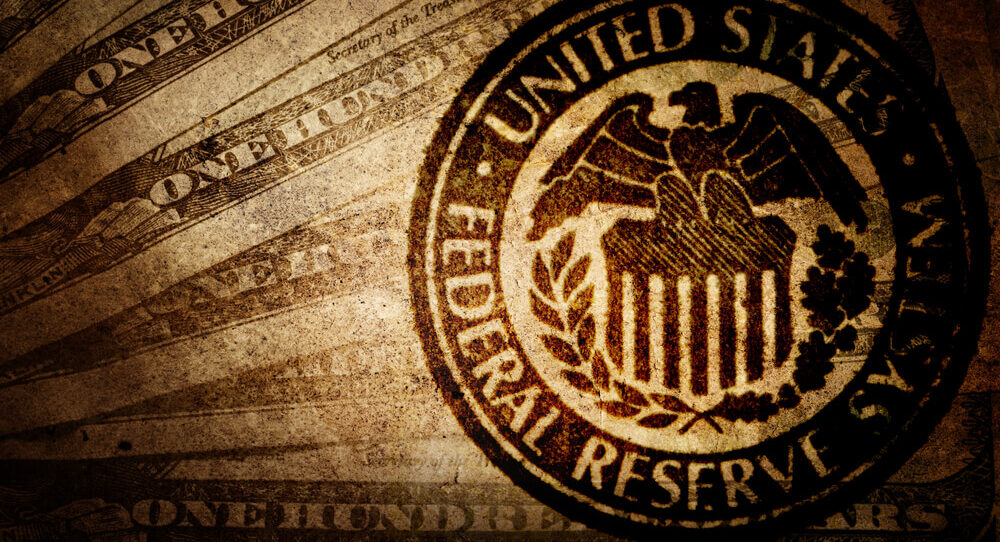The Federal Reserve may be getting ready for a long nap until summer 2020 when it comes to moving on interest rates, according to a recent CNBC survey.
“The Fed will be on hold for longer than the market is projecting,” Haverford Trust’s John Donaldson wrote. “Even a one-third chance of a cut next June is way overstated.”
The December survey found that less than half of the 43 respondents (which include fund managers, economists and strategists) think there will be an interest rate cut in 2020, and only 5% think a hike is on the way. The majority predicting another cut don’t see it happening until June.
The Fed cut interest rates three times in 2019 to a range between 1.5% and 1.75%. Even with such low expectations for a cut, there are economic risks on the horizon that could affect the Fed’s decisions.
“The risks to the outlook for economic growth and inflation are still tilted to the downside, and the door to future rate cuts remains open,” Oxford Economics’ Kathy Bostjancic said, according to CNBC.
Even so, Action Economics Chief Economist Mike Englund doesn’t see this record-long expansion ending anytime soon.
“The U.S. economy is ending 2019 with faster GDP, productivity, and hours-worked growth, and lower inflation than was expected at the start of the year,” Englund wrote. “The same is likely to be true in 2020. Market narratives have underestimated the runway length for this expansion.”
What Could Sway the Fed to Cut Interest Rates Again
The biggest factor affecting the economic outlook is (drum roll, please …) the trade war between the U.S. and China.
Respondents were optimistic, with 61% believing a limited trade agreement (like the “Phase 1” deal that has been teased since mid-October) will be signed by next year. And as far as additional tariffs go, 57% believe neither the U.S. nor China will enact new duties in 2019 or 2020.
The Fed will keep a close eye on any breakthroughs, though, because tariffs are hurting certain aspects of the economy like manufacturing, which has been in contraction the last four months.
“Unfortunately, Federal Reserve policy is held captive to trade negotiations. In 2020, the Fed will surf the wave of news coming from Washington and Beijing,” Stifel Nicolaus Portfolio Manager Chad Morganlander said.
Negotiators don’t have much time, either, as another round of tariffs are set to hit $160 billion in Chinese imports Sunday. And while the Wall Street Journal and a Chinese publication reported those tariffs were being delayed Tuesday, White House economic adviser Larry Kudlow poured cold water on those hopes later in the day.
“The reality is those tariffs are still on the table, the Dec. 15 tariffs, and the president has indicated if the short strokes remaining in negotiations do not pan out to his liking that those tariffs could go back into place,” Kudlow said.
The final Federal Open Market Committee meeting of 2019 ends today. Check back later on Money and Markets to see where policy is heading into 2020.
